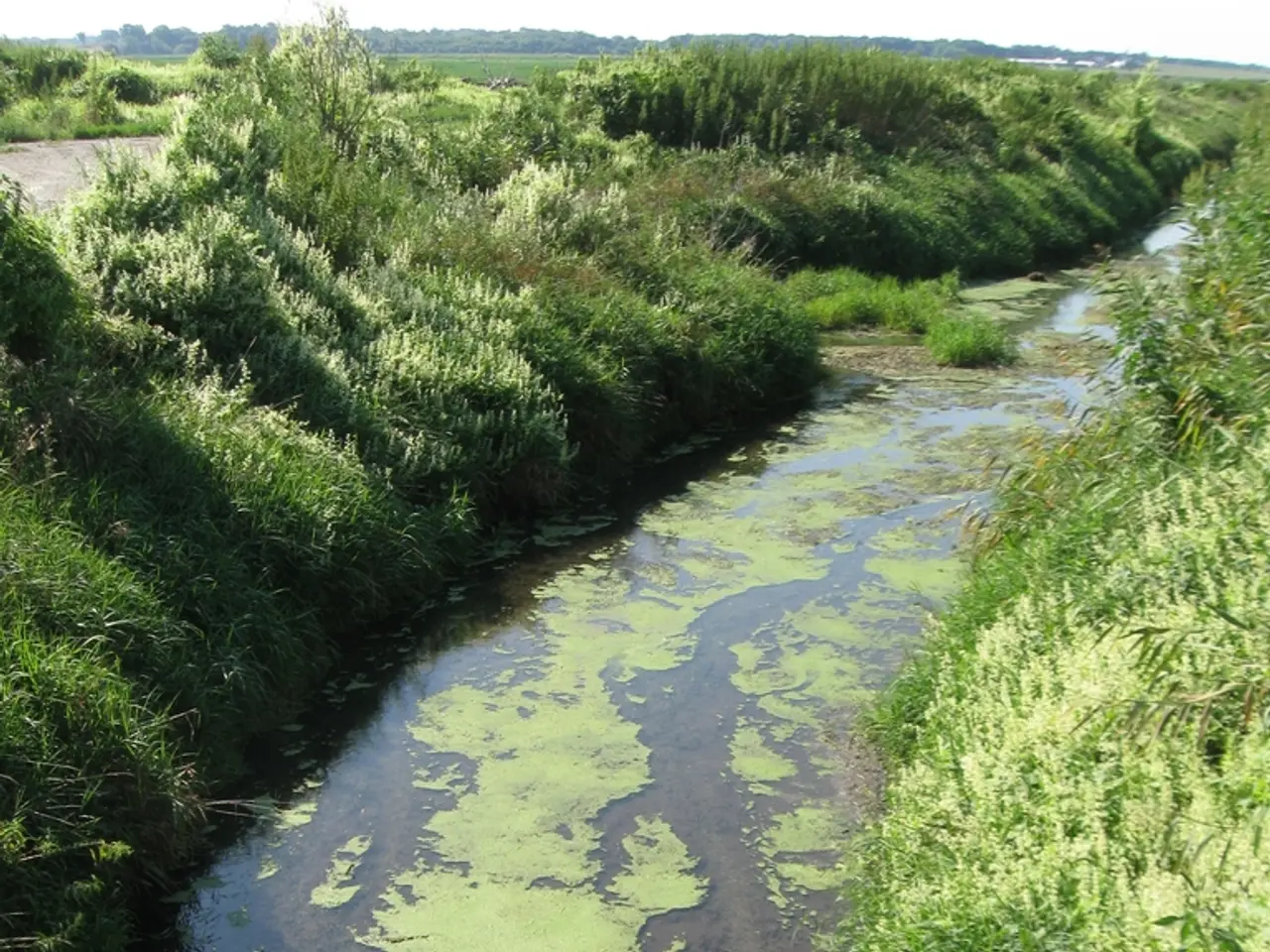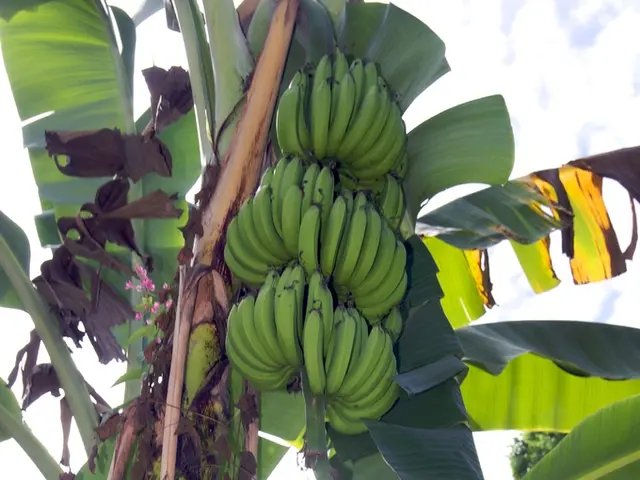Europe's Water Crisis: EEA Report Warns of Growing Stress and Pollution
The European Environment Agency's latest report, 'Europe's environment and climate 2025', paints a concerning picture of Europe's water bodies. Water stress affects a significant portion of Europe's territory and population, with climate change set to exacerbate these issues. While water abstraction has decreased, only 38% of rivers and lakes meet ecological standards, and many face pollution from nitrates and pesticides.
Water stress impacts 30% of Europe's territory and 34% of its population annually, with southern Europe and countries like Cyprus and Malta particularly vulnerable to seasonal shortages. Climate change and overuse threaten to worsen these conditions. Between 2000 and 2022, water abstraction declined by 19%, but this progress is not enough to meet EU targets.
Pollution remains a significant challenge. Nearly a third of groundwater sites exceed safe nitrate levels, and pesticides surpass harmful thresholds in 10-25% of these sites. Despite improvements, only 38% of rivers, lakes, and coastal waters attained 'good or high ecological status' by 2021. Agriculture, responsible for most water stress and pollution, must shift its practices to reduce these impacts.
The EEA warns that stronger policies are needed to protect Europe's waters. These include restoring wetlands and river systems, limiting abstraction, expanding water reuse, and shifting agricultural practices. Countries at risk of water scarcity in the coming years include those in the Arabian Peninsula, North Africa, India, and southern Europe. The report serves as a stark reminder of the urgent need for action to safeguard Europe's water resources.
Read also:
- Harsh Desert Environments Support Thriving Fruit Groves: Agriculture in Severe Climates
- One night of sleep deprivation can cause changes in our genes, according to a research study.
- Legendary Primatologist Dame Jane Goodall Dies at 91
- Countries initiate aggressive campaign to prohibit smoking in vehicles







